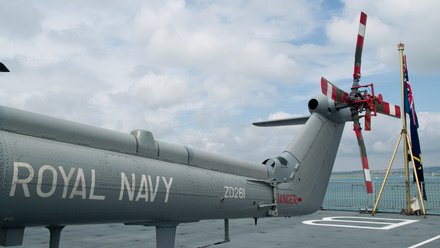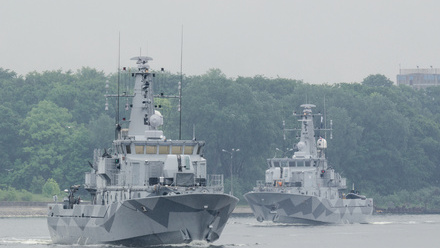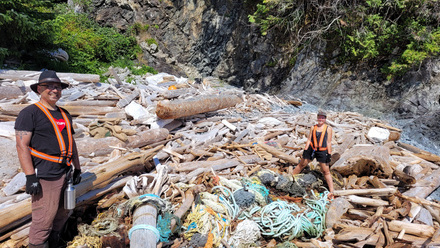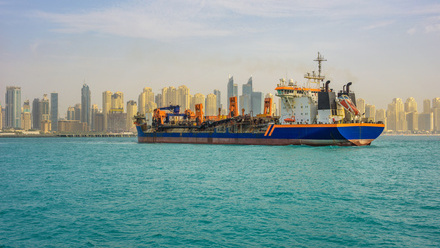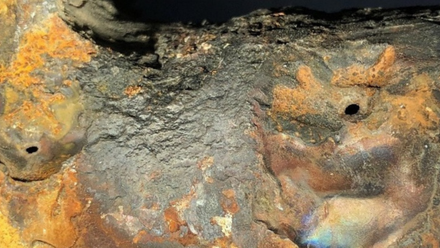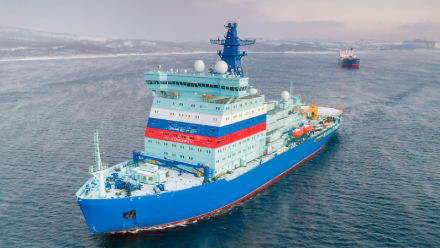New technical leadership announced within IMarEST
This summer witnessed a reshuffle along with the appointment of a new Technical and Policy Director.
With a membership that includes marine engineering, science and technology subject specialists, many at the top of their field, IMarEST is uniquely positioned to provide high level technical input to policymakers and industry.
This is amplified by the Institute’s status as a non-governmental organisation with observer status on many international organisations, and consultative status at the IMO.
A shake-up of the technical arm of the Institute will help better channel this expertise in a more effective way, explains Peter Sheppard, Technical & Policy Consultant at IMarEST.
“The Technical Leadership Board (TLB) was expanded a couple of years ago. The intention was to improve connections to the Special Interest Groups (SIGs), but the TLB itself become too unwieldy to operate effectively, with representatives from 22 SIGs,” he says. “To improve agility and focus, we’ve established two replacement bodies: a Technical Leadership Committee and a dedicated SIGs Committee to replace the TLB.”
The TLC consists of co-chairs and 10 members and will work closely with IMarEST HQ to identify and respond to current, emerging, and future technical challenges. It will also play a key role in providing technical assurance of the Institute’s outputs, ensuring they are robust, relevant, and aligned with industry needs.
Its responsibilities include maintaining the technical plan, monitoring developments at the IMO and other intergovernmental organisations, and engaging where appropriate to promote the Institute’s voice in key technical areas. This horizon scanning helps ensure IMarEST can stay abreast of key issues and keep members up to date on emerging issues.
SIGs get a dedicated committee
The SIGs Committee, currently made up of a chair and four members, will support and guide the SIGs with the help of IMarEST HQ. Its remit is to foster collaboration, promote best practice, and ensure that the views of SIGs and their members are effectively represented at Council. Together, the TLC and SIGs committees will work to maintain a well-balanced and effective portfolio of SIGs, each with a clear and purposeful remit.
The SIGs are a key way for members to get involved with the Institute and pursue interests and issues that particularly interest them, or feel passionate about. The range of special interests demonstrates the breadth of expertise, from AI across the marine sector to superyachts, ballast water management to marine mammals.
Both committees held their inaugural meetings in June, bringing together members from across the technical spectrum.
“We’re always keen to welcome volunteers who want to get involved, whether through the committees or the SIGs,” Sheppard enthuses. “It’s a rewarding way to contribute to the sector while also developing your own professional journey.”
The Chair of the SIGs Committee is Stephen Hall, an ocean science, policy & technology consultant and Head of Partnerships at the Nippon Foundation GEBCO Seabed 2030 initiative. The co-chairs of the TLC are the former Technical Director of Lloyd’s Register, Tim Kent (previously co-chair of TLB) and Christos Kechris, CEO of Aegean Shipping Management.
The introduction of these new committees coincides with the appointment of a new Technical and Policy Director, Alasdair Wishart. Wishart took up his new role in mid August 2025.
Expect to hear more about the TLC and SIG committees soon.
Tell us what you think about this article by joining the discussion on IMarEST Connect.
Image: Engineer servicing generator in vessel’s engine room. Credit: Shutterstock.

